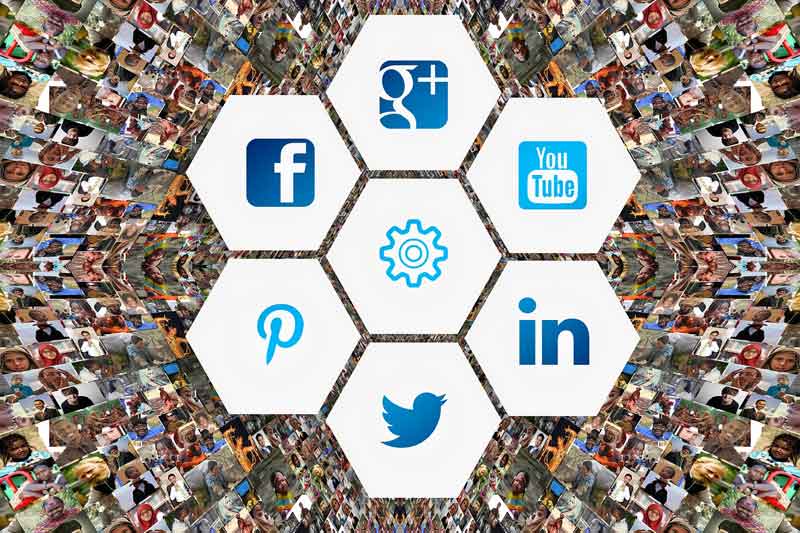Having visible social media buttons on your website is not just an option any more. Users are increasingly turning towards social networking sites to gain information about different brands, and trust the user reviews on those sites more than the client testimonials on your official website. While you may already have a business account on all major social media websites, you have to make social media buttons more prominent if you want to encourage people to find you on Facebook, Twitter, G+, YouTube, Pinterest, and similar websites.
You can use social media to interact and engage with customers, to gain their trust, and to advertise your products. Social media websites are a proven tool to boost sales and to increase market share. By adding social media buttons to your web design, you will still use your website as a focal point of your marketing strategy, and can still utilise social media to its fullest potential. When it comes to web design, you can use social media buttons.
Place the Buttons in Header/Footer
Most web designers place social media buttons in the header/footer with a “follow” icon. Usually, in such web designs the headers and footers on all pages contain the buttons. This is a tried and tested way to improve the visibility of social media buttons in your web design, and to integrate your social media profiles with your website.
Continue reading “Adding Social Media Buttons to Your Website”

